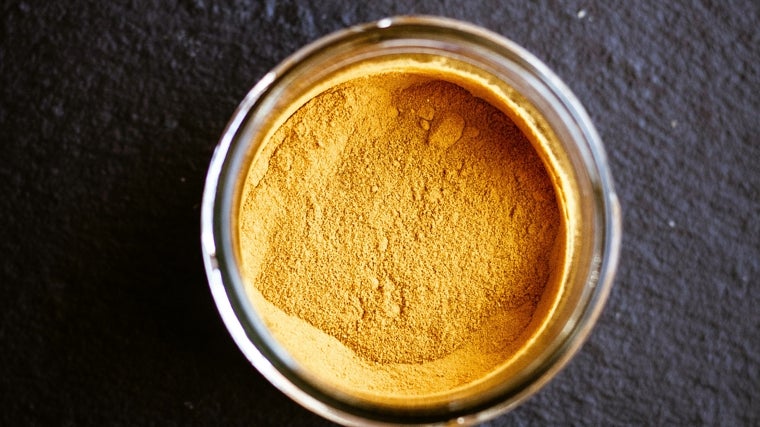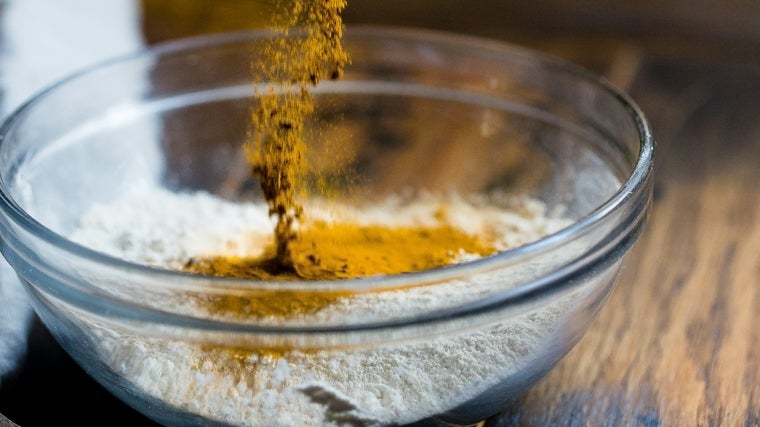The benefits of turmeric: is it really a panacea?

Turmeric is featured in a multitude of recipes and headlines for its anti-inflammatory properties and for that characteristic golden color that gives curry its color.
But is it really as effective as we're told? Today I'll tell you how to consume this precious root, which is always getting talked about, and if the properties attributed to it are true.
Turmeric comes from the rhizome of Curcuma longa and its antioxidant and anti-inflammatory properties are due to the presence of a polyphenol called curcumin , which has been shown in numerous studies to have a direct relationship with an improvement in metabolic diseases, cardiovascular disease and neurodegenerative diseases.

But the crux of the matter lies in the bioavailability of curcumin in our body. That is, our body's ability to absorb it and exert the expected action based on in vitro studies, conditions very different from those we have at home when we make an infusion or add it to our dishes.
The fact is that curcumin is very difficult to absorb at the cellular level in vivo due to its size, but new formulations are increasingly available that help increase its bioavailability so we can take advantage of all its properties. Currently, we can find supplements with phytosomal technology, which are microparticles, or formulations combined with piperine , which you've surely heard of because it's the active ingredient in pepper, which we often recommend consuming with turmeric, and which increases its absorption up to 20 times.

We should also add that studies are ongoing regarding its role as an anti-inflammatory, which, while not a substitute, is an additional adjuvant. That is, it complements but does not replace traditional treatment.
And here, the microbiota also plays a special role, as it helps modulate the intestinal microbiota, acting as a prebiotic and reducing inflammation. Therefore, it becomes another tool for the treatment of intestinal pathologies.

We must also remember that, although it has wonderful properties, the dose counts, and a lot. Because on the one hand, for turmeric to have the effects we expect based on in vitro studies, it must be consumed at excessively high doses, which we will rarely achieve when making chicken curry. Furthermore , curcumin in high doses can have adverse effects, as it is a gastric irritant and can also interfere with some foods.
So, you might be wondering, should I eat it or not? Of course, you can add it to your dishes combined with a little pepper, but don't expect it to make your arthritis disappear or even take on conventional treatment. Of course, within a healthy diet and lifestyle, it's another key to improving your health and the flavor and color of your dishes.
You can learn more about nutritionist Elisa Escorihuela through her Instagram account: @eliescorihuela , her work at the Nutt Nutrition Center , and her book " Diet Therapy ." You can also read all the nutritional recommendations included in her articles in ABC's "Aula de Nutrición."
ABC.es





